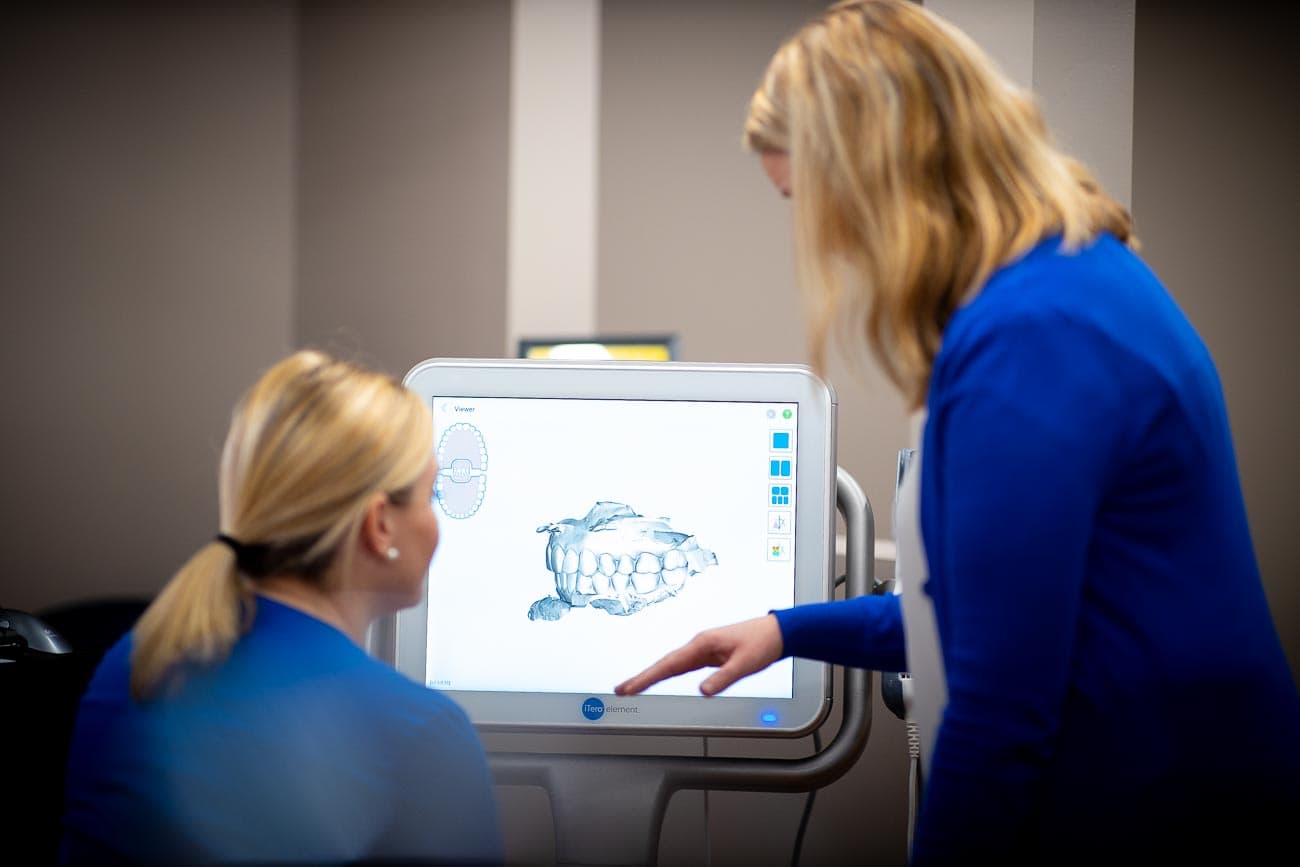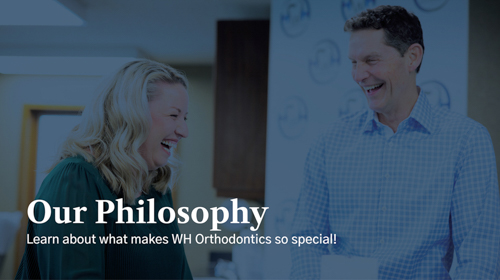How do crooked teeth get crooked, and how do you fix them? Dental crowding is a common dental issue. Teeth don’t come in correctly and end up twisted or out of place. Crowding can happen alone or with other problems, such as an overbite or crossbite. Crowding is also one of the issues that we can treat with Invisalign clear aligners.
Crowding can lead to serious oral health issues, from tooth decay to trouble eating. That’s why it’s vital to correct crowded teeth with orthodontic care.
At Wilson & Hendrickson Orthodontics, we can treat most dental crowding issues with Invisalign clear aligners. We can identify the reasons for your crowded teeth, create a treatment plan to straighten your teeth with Invisalign, and leave you with a beautiful smile.
What Is Dental Crowding?
What is dental crowding? Crowding is a form of malocclusion or “bad bite.” With crowding, your teeth don’t have enough room to come through the gum in the proper place or stay there. Instead, the teeth end up above or below where they should be, turned sideways, or moved in front or behind other teeth.
Often, the tooth will be “crooked” or turned in place. It could be turned just slightly so it doesn’t line up with the other teeth, or it could be entirely sideways. It depends on how much room it has when it comes through the gums.
Another result of dental crowding is when the tooth comes in above or below the gum line. This often happens because the teeth on either side move closer, leaving no room for the tooth to erupt in its proper place. It ends up coming in through the side of the gums instead of the top or bottom as it’s supposed to do.
A tooth can also erupt above or behind the other teeth because there isn’t room for it when the teeth on either side have moved closer together.
These problems can affect just one or two teeth, but often they affect several teeth.
Getting Started With Invisalign
Wilson & Hendrickson Orthodontics can start your Invisalign treatment in the Topeka, KS, area with a virtual consultation. We will look at the information and set up a free, in-person evaluation to take x-rays and 3D dental scans and give you a complete examination. We’ll be able to figure out from there whether Invisalign is right for you.
You don’t have to live with crooked or crowded teeth thanks to treatment from Invisalign. Contact us today to start your journey toward the smile of your dreams!

















